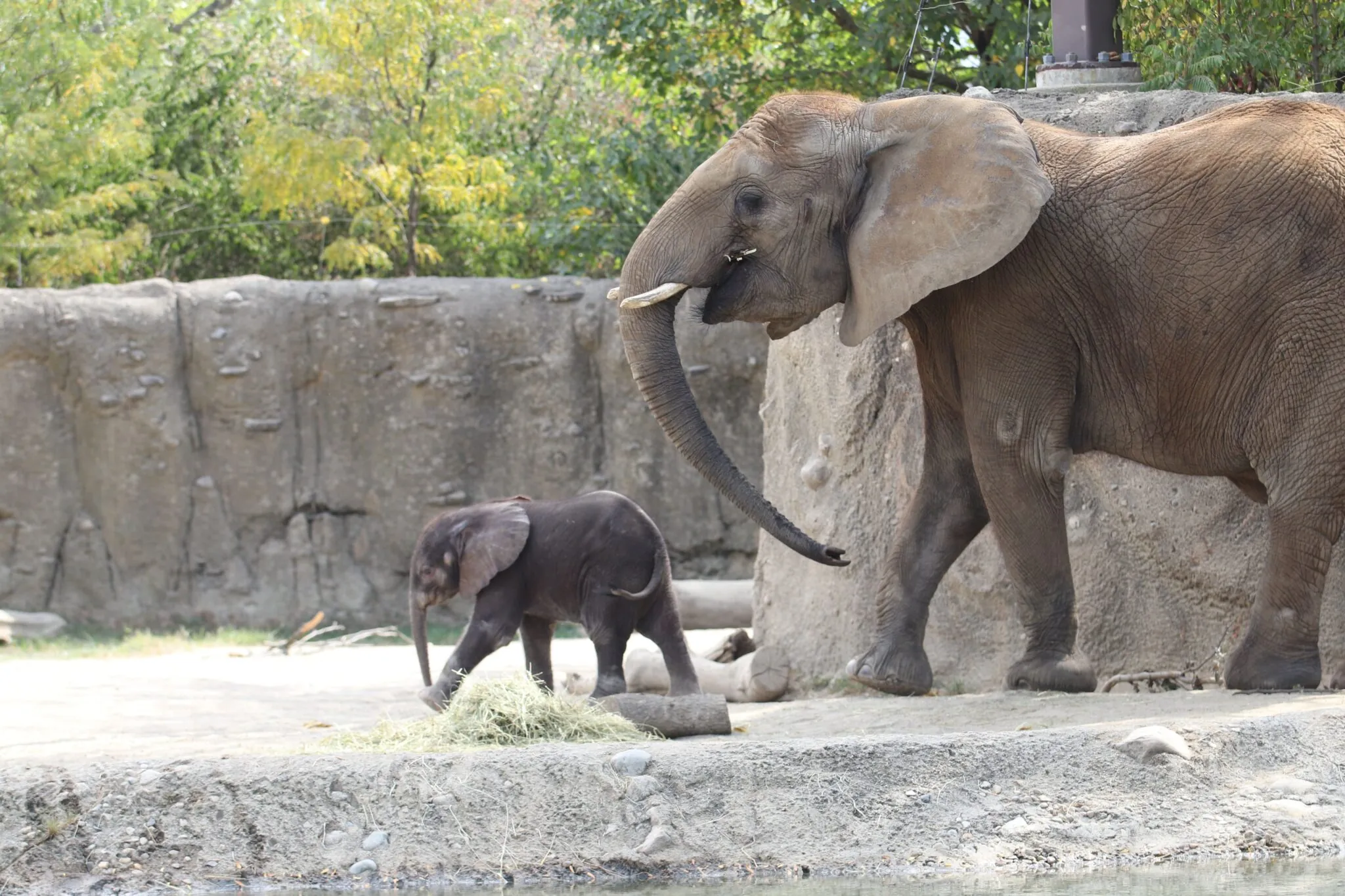Traffic alert: Due to ongoing construction projects in the area, the South Parking Lot will be closed from July 14-August 11. Please use the primary lot. Learn more here.
-
Menu
- Plan Your Visit
- Meet The Animals
- Check Out Events
- Memberships
- About The Zoo
- Support the Zoo
- Conservation
- Education
- Groups & Private Events
- Zoo News
- Contact
- Zoo Store
- Indianapolis Prize
- Global Center for Species Survival
- Schedule
- Donate
- Membership
- Tickets

- Plan Your Visit
- Meet The Animals
- Check Out Events
- Memberships
- About The Zoo
- Support the Zoo
- Conservation
- Education
- Groups & Private Events
- Zoo News
- Contact
- Zoo Store
- Indianapolis Prize
- Global Center for Species Survival

Adorable New Arrivals
Zoo Babies
Proudly Presented by Primrose Schools
ABOUT ZOO BABIES
CUBS, PUPS, CALVES, CHICKS — NO MATTER WHAT THEY’RE CALLED, BABY ANIMALS ARE ADORABLE!
Zoo babies are important ambassadors for their species. Creating important connections for our guests, inspiring their empathy and positive actions to protect wildlife and their habitats. Learn more about the babies born recently at the Zoo!
Big Sister Mila Checking Out Her New Baby Brother

Thank you to our sponsor

